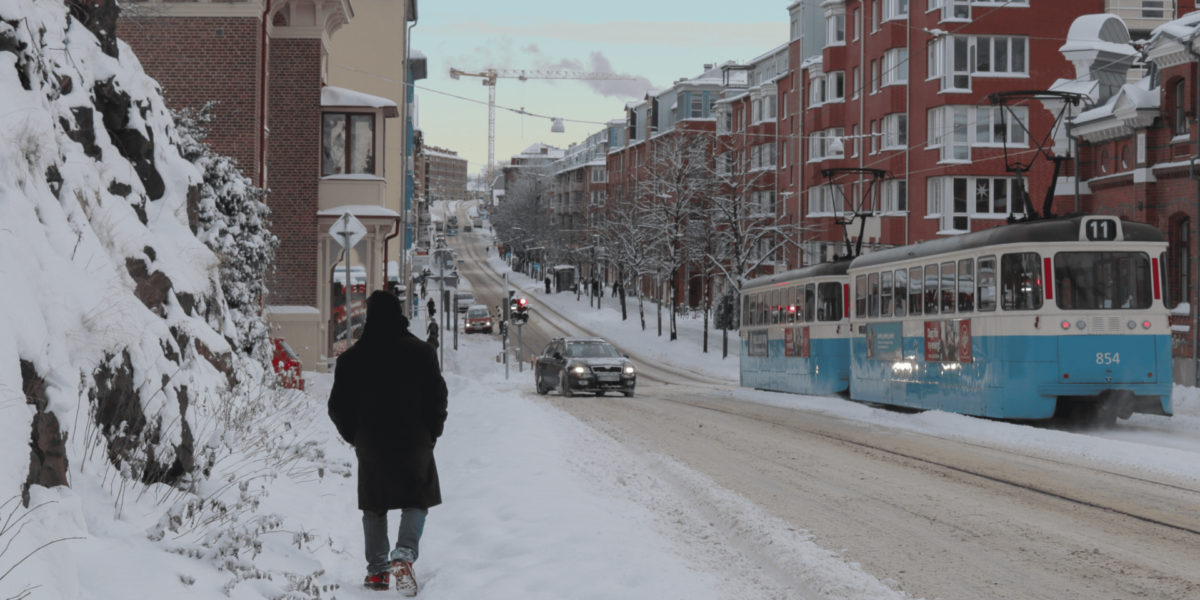Urban Green Spaces Offer a Natural Break from City Life
Modern cities often move at a fast pace. Traffic, screens, and schedules create mental fatigue. Urban green spaces offer an immediate way to step back from this rhythm. These parks, trails, and wooded areas provide calm without requiring long travel or planning.
A well-designed green space lets city dwellers recharge. Walking beneath trees, hearing birds instead of cars, and seeing open sky instead of buildings helps restore focus. These moments of quiet, built right into the city, allow people to reconnect with the environment and their own sense of calm.
Nature Trails Build Physical and Mental Balance
Nature trails within city parks are more than walking routes—they offer movement that restores balance. These paths encourage walking, biking, or jogging at a personal pace. Surfaces are often mixed, including gravel, grass, and packed dirt, which engage the body differently than paved streets.
A person walking a 3-mile loop through forest and meadow areas uses muscles differently, breathes more deeply, and notices their surroundings. Unlike the stop-start of sidewalk navigation, these trails allow continuous movement, which improves focus and supports emotional clarity.
Trees Create a Natural Shield Against Urban Noise
Trees do more than provide shade—they filter out city sounds. Dense tree cover absorbs and deflects noise from nearby roads and buildings. As people move deeper into green spaces, the volume of the outside world fades.
This quiet creates room for thought. Instead of sirens or engines, a visitor hears leaves moving in the wind or footsteps on a dirt trail. The effect is not just pleasant—it supports mental rest, especially for those managing work, school, or high-stress routines in their daily life.
Wildlife Encounters Offer Unexpected Moments of Focus
Urban green areas often support local wildlife. Birds, squirrels, and small mammals move through these parks freely. These animals bring activity to the space that doesn’t come from people or machines. Their presence invites stillness and observation.
A visitor sitting beside a wooded trail might see a bird land nearby or a squirrel run across their path. These moments pull attention away from digital distractions and into the real-time, physical environment. That shift allows the brain to slow down and re-center.
Well-Marked Trails Support Safe, Independent Exploration
Urban trails often include clear signs, distance markers, and maps. This information allows individuals to explore at their own pace without needing help or advanced planning. Paths loop back to central points, making it easy to stay oriented even for first-time visitors.
A person arriving with limited time or unfamiliar with the area can still access the full benefits of a nature walk. With the route marked and the return path visible, visitors feel safer and more willing to let their thoughts settle into the rhythm of the walk.
Trail Networks Link Physical Health With Emotional Recovery
Walking, hiking, or biking regularly improves physical fitness. But these activities also reduce stress, improve mood, and enhance sleep. In urban nature trails, this benefit increases because the body and brain respond differently to green settings than to concrete or indoor environments.
For someone navigating a full day of work or family obligations, an hour on a shaded trail provides more than exercise. It changes the sensory environment—less artificial light, fewer digital interruptions, and more time spent looking far ahead rather than staring at close-range screens.
Outdoor Areas Remain Accessible and Inclusive
Urban nature escapes serve a broad range of people. Trail surfaces often accommodate strollers, wheelchairs, and bikes. Public benches, restrooms, and water fountains extend usability across age and ability groups. This inclusiveness ensures that quiet space remains available to all city residents.
Families visit with young children, older adults walk short sections, and cyclists pass through on longer routes. The shared use strengthens community bonds while maintaining a space where each individual can access quiet or activity on their own terms.
Changing Seasons Create New Experiences Year-Round
One strength of natural spaces is their ability to change without requiring human design updates. A trail visited in spring looks and feels different in autumn. Light shifts, colors change, and plant growth adjusts the shape of the path over time.
These natural changes offer a reason to return often. Regular users gain a deeper connection to the environment as they notice how it shifts through the year. That sense of ongoing relationship with place builds awareness, calm, and presence over time.
Strategic Park Placement Supports Easy Access
Many cities now place green corridors near public transit stops, residential areas, and schools. This planning ensures that nature remains a part of daily life, not just weekend routines. People walk to these areas before or after work, during lunch breaks, or while waiting for public transport.
By designing these connections, cities reduce barriers to entry. A person doesn’t need a car or vacation day to access peace and quiet. It becomes part of daily living, which strengthens long-term public health and community well-being.
Nature in the City Offers More Than Scenery
Urban green spaces—especially those with well-maintained trails, trees, and quiet zones—are not just for aesthetics. They act as living systems that support mental clarity, reduce stress, and increase physical movement. For busy residents, these spaces offer reliable, daily ways to reset.
A walk through a city trail surrounded by trees may seem small, but its impact adds up. Over time, it builds a habit of slowing down, breathing deeply, and observing the world. That habit can support more focused work, more restful sleep, and greater emotional balance.









